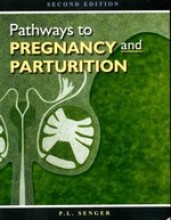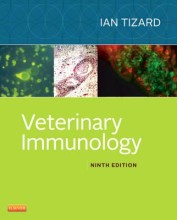Summary: Animal Ecology
- This + 400k other summaries
- A unique study and practice tool
- Never study anything twice again
- Get the grades you hope for
- 100% sure, 100% understanding
Read the summary and the most important questions on Animal Ecology
-
1 Lecture 1
This is a preview. There are 23 more flashcards available for chapter 1
Show more cards here -
What two questions do foraging animals face?
- What to eat and how much to eat from it?
- Where to go and how long to stay? -
What happens with foregut animals?
First fermentation
- bad at digesting fibrous food thus limited in foraging -
What happens with hindgut animals?
First enzymatic digestion -
Apparently speciaization/adaptation to
1. Utilizing cell content (+plant secondary compounds)
2. Utilizing cell wall (fiber)
-> Leads to species which either browse or graze -
How does body size play a role?
- Small body size -> diet high in protein
- Large body size -> diet high in fiber -
What is the jarman-bell principle?
- Small animals have high mass specific energy requirements compared to large animals (small needs more energy per kg body mass)
- Easily fermentable substances yield more energy per time unit than cell wall constituents
- small animals tend to be browsers, large animals grazers
- Browse and grass food items are differently distributed
- Browse -> leaves are scarce and in small discrete units
- Grass -> Leaves are abundant but mingled with stems
-
What is the optimal foraging prediction?
Goal of the animal = Maximize E / Time
- Energy (E) per unit time
- Functional response or daily response -
How is selection with the optimal foraging theory?
- If 2 prey types are available THEN select prey type 2 if -> E/Time(1) < E/time(2) > E/time(1+2)
- The energy gain when only taking prey 2 should be greater than when taking 1 or both 1 and 2 -
Why is the optimal foraging prediction not always correct?
- Plant world is too complex
- Heterogeneity prevents optimal foraging
- Plant world is changeable
- Animals do not detect all nutrients
- Other factors are not considered (predation, internal state)
- Plant world is too complex
-
What is the satiation hypothesis?
Animals react tosatiation to bothIngestion of nutrients (acquisition)Ingestion of toxins (avoidance)
- Through an interaction of sensory (flavor) andpost-ingestive effects
- This behaviour leads tobalancing -> Consumption of a variety of foods
- Recognize the importance of other factors- predation
- cognitive mechanisms (learning to avoid/prefer)
- Internal state (hungry/full)
-> ONLY works with heterogeneity
- Higher grades + faster learning
- Never study anything twice
- 100% sure, 100% understanding





























